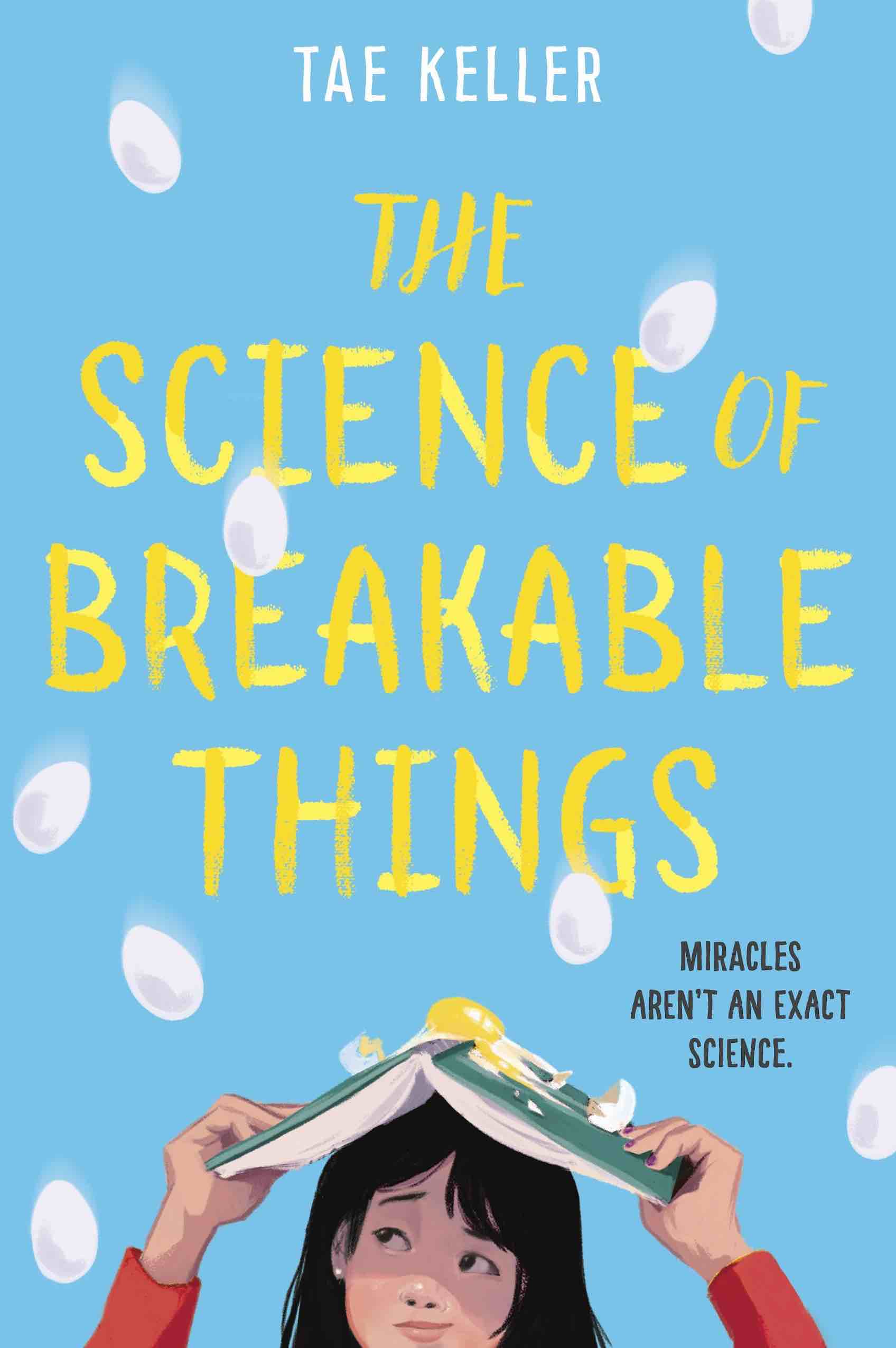 THE SCIENCE OF BREAKABLE THINGS, by Tae Keller, Random House Books for Young Readers, March 6, 2018, Hardcover, $16.99 (ages 8-12)
THE SCIENCE OF BREAKABLE THINGS, by Tae Keller, Random House Books for Young Readers, March 6, 2018, Hardcover, $16.99 (ages 8-12)
How does a child make heads or tails of a parent’s illness, especially when it’s seemingly invisible? The Science of Breakable Things, by Tae Keller, explores one girl’s experiences with her mother’s mental illness.
Mr. Neely is a new science teacher at Fountain Elementary, and he’s got big plans. Throughout the year students will be using “wonderings journals” to record their observations and apply the scientific method. It’s a long-term project that Natalie already hates, and it’s only the first day of school.
There was a time when Natalie might have enjoyed this sort of thing, but that was before. Before, Natalie’s mom was an inspired botanist who took a daily interest in everything Natalie did. Before, Natalie’s mom would have helped her. Before, Natalie’s mom was a mom.
Now, Natalie’s mom is checked out. She doesn’t go to work. She doesn’t make dinner. She doesn’t ask how Natalie’s day went. Instead, she’s locked up in her room sleeping or staring at the walls.
Natalie knows it’s going to take a miracle to get her mother out of this funk, so when Mr. Neely suggests she enter an egg drop competition, she takes it as a sign. Well, not the competition as a sign, but the prize money. With that money, she can fly her mom out to see her most important botanist discovery: Cobalt Blue Orchids — flowers that survive against impossible odds.
Natalie just knows the flowers will be the breakthrough her mom needs. They will inspire her to live again. As Natalie heads toward her goal, she realizes that with the help of friends, she can do anything — or can she?
As adults, we often don’t give kids the credit they deserve. We hide things from them to keep them safe. We shelter them from our troubles. But kids are smart. Even from a young age they understand the change in mood and sideways glances. In The Science of Breakable Things, Tae Keller deftly explores depression and the complex roles each person plays within a family.
In the case of Natalie, her therapist dad wants her to talk, wants her to explore her feelings, but never gives her the most important piece of the puzzle — understanding. It isn’t until the very end of the novel that Natalie is given a “why” of sorts. She spends months trying to fix things based on an assumption rather than facts.
I love Natalie’s fight. Even though the situation with her mom is broken, she’s not ready to give up. She’s persistent and creative and everything you could hope for your child to be. I love that even though they don’t have all the answers, both her friends and her father are trying. Natalie’s never really alone, even when it sometimes feels that way.
The Science of Breakable Things is a magnificent debut that explores family dynamics in a breathtakingly relatable way.
